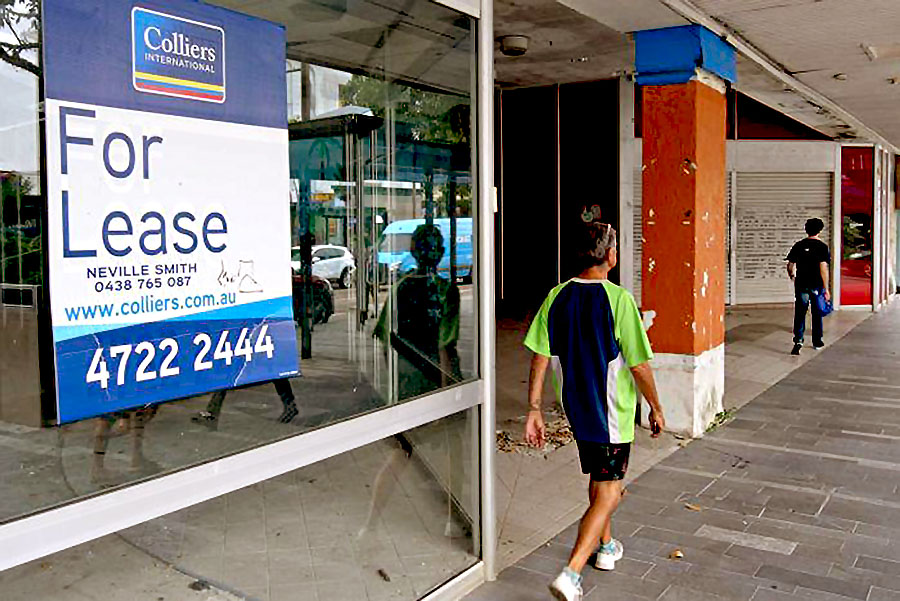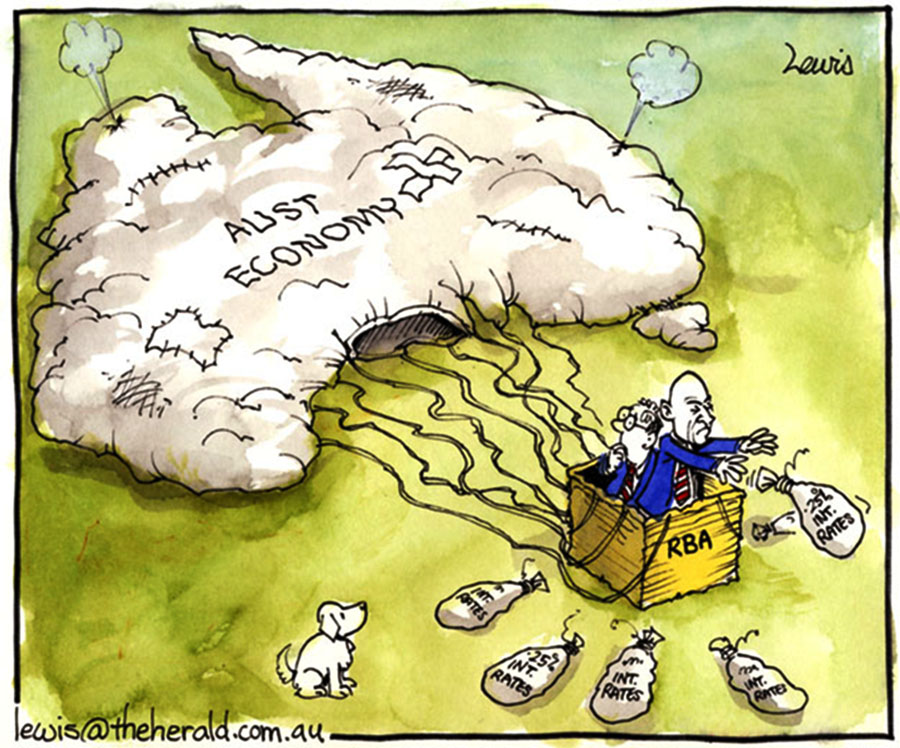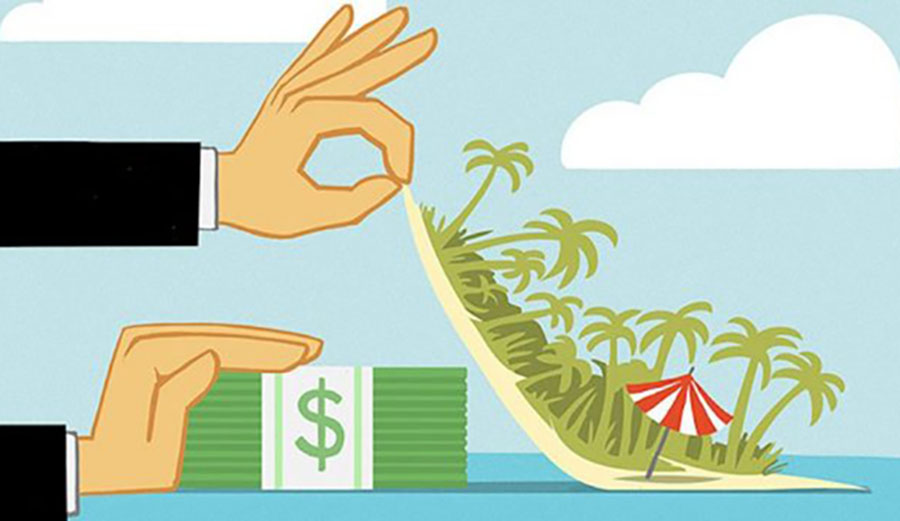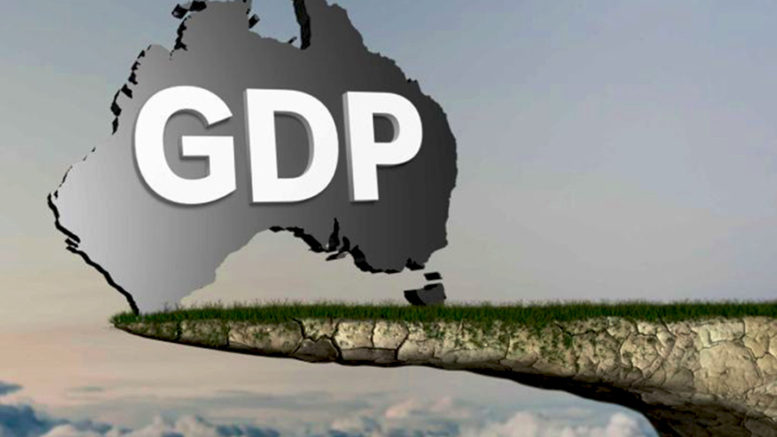Contributed by Joe Montero
The 0.4 growth in Australia’s Gross Domestic Product (GDP) announced in Wednesday’s (4 November 2019) report from the Reserve Banks, is a miserable performance whichever way you look at it.

Along with a growing list of commentators, I have often argued that GDP is a poor measure of real economic performance, which over estimates economic performance. Put this inadequacy aside puts and it still doesn’t look good for Australia.
Spruikers of the economy have long followed the routine of telling us how well everything is going, and that even happier days are ahead of us. The day to day life faced by the bulk of people tells a different story. But now, even the spruikers are starting to change their tune.
Everyone agrees that the Australian economy is worsening and that this is no surprise.
Retail sales barely moved in the last quarter. The Reserve Bank says they went up by 0.2 percent up till October. To get this into proper perspective. The inflation rate for the year has been 1.8 percent. Like GDP, the way this is measured underestimates the reality. The retail figure is not adjusted for inflation.
Population growth should also be considered. This reduces per capita growth, which is a better measure on capacity to spend.
No wonder we are seeing so many shops closing their doors on Australia’s shopping strips.

Household debt has only grown by 0.4 percent over the year, mostly thanks to a lack in the growth of spending. But it is still dangerously high, hitting a record of 202 percent of annual household income.
The increase in debt was mainly held down in the short run, by the government’s tax cuts and the past fall in interest rates payable. But Australians are not spending this little bit of extra money. The savings rate went up to 4.8 percent for the June Quarter. They don’t see an improvement on the horizon.
Australia now ranks second after Switzerland on household debt, which once held up retail sales and now looks like it can no longer do so.
Wages growth is virtually non-existent. According to the Australian Bureau of Statistics (ABS), they grow by 0.6 percent in the last quarter, taking the year’s growth to 0.5 percent, adjusted for inflation.
A significant part of this comes via new agreements in the public sector, especially in health and social care, professional and management services, electrical, gas and water services, and arts and recreation. Other parts of the public sector and the private sector saw very little of it.
The Reserve Bank’s interest rate sits at 1.7 percent. Speculation is rife that before too long, it will be pruned down by 0.25 percent. The Reserve Bank’s rate is not arbitrary. There is a natural rate that the economy generates, and the Reserve Bank’s rate imposes a limited and temporary deviation, until the natural rate imposes its dominance again.
The interest rate is at an historically low point because the economy is not firing on all cylinders. More specifically, an imbalance between the performance of the economy and the money supply is causing the value of money, which is reflected in the natural interest rate, to depreciate. A very low interest rate is a bad sign.
Another important factor is that the global economy into which Australia is locked is also performing badly, and the risk is greater with the United States-China trade war, the deepening trade war between the United States and Europe, and other centres of economic and political tension.
Australia’s vulnerability lies in a high-level dependency on foreign investment to drive the domestic economy, and the return from the export of minerals, oil, coal and gas.
Growing instability in foreign investment is a real threat, which, so long as it continues, will import greater instability into the Australian economy.
Given that China is the major destination of Australia’s exports, rising tension with China, unless it is checked, threatens great damage to Australia’s export earnings.
Despite everything, the Reserve bank continues to be upbeat about Australia’s coming prospects. It continues to cling to its GDP predictions based mainly on an expectation of continuing exports of mineral resources, nd tinkering around the edges is the approach to dealing with what are considered no more than glitches along the way.

But many economists are not convinced by this rosy outlook.
For instance, the economic consultancy company Capital Economics id not comfortable with the GDP. At UBS they are say that the failure of low interest rates to transform into more spending is a worry. At BIS Oxford Economics, the concern is also the chronic weakness of household spending.
PwC is more savage. It lists a range of serious risks, associated with underemployment and the Australian industrial relations system, the impact of technology, and the expected rise in currency and global trade instability. PwC also expresses its concern that not enough is being done to encourage foreign and domestic investment, which chases a higher return.
The implication is that policies to adequately deal with what’s coming are not in place.
One may not agree with PwC’s solutions. They do represent corporations and have a stake in their interests. Even so, there is a recognition that the upbeat picture being presented is false.
Investment is important. But the solution is not providing more handouts to big investors. Where the investment goes and on what terms is what is important. It must be stable in an unstable world.
This means there must be a national plan for a healthy economy, which includes an appropriate investment plan.
Public sector involvement is necessary to bring this about. Through this, attention can be put on addressing weaknesses and improve the foundation for future performance. The income share of the waged and unwaged of national income can be increased, along with lifting economic activity. Runaway debt can be brought under control.
Small business can be provided with assistance. The money supply can be better controlled. Appropriate investment can be rewarded, and inappropriate investment penalised.

The massive scale of corporate tax evasion can be stopped. The banks can be brought under control. These two measures on their own, would add considerably to what could be achieved, in terms of financial resources and eliminating corruption and other practices, which impose a cost on the Australian economy and people.
There is no policy to do any of this.
Australia must insist that this change. The alternative is to keep on going down the same road towards disaster.


Be the first to comment on "Latest news shows Australia’s economy is continuing to weaken"